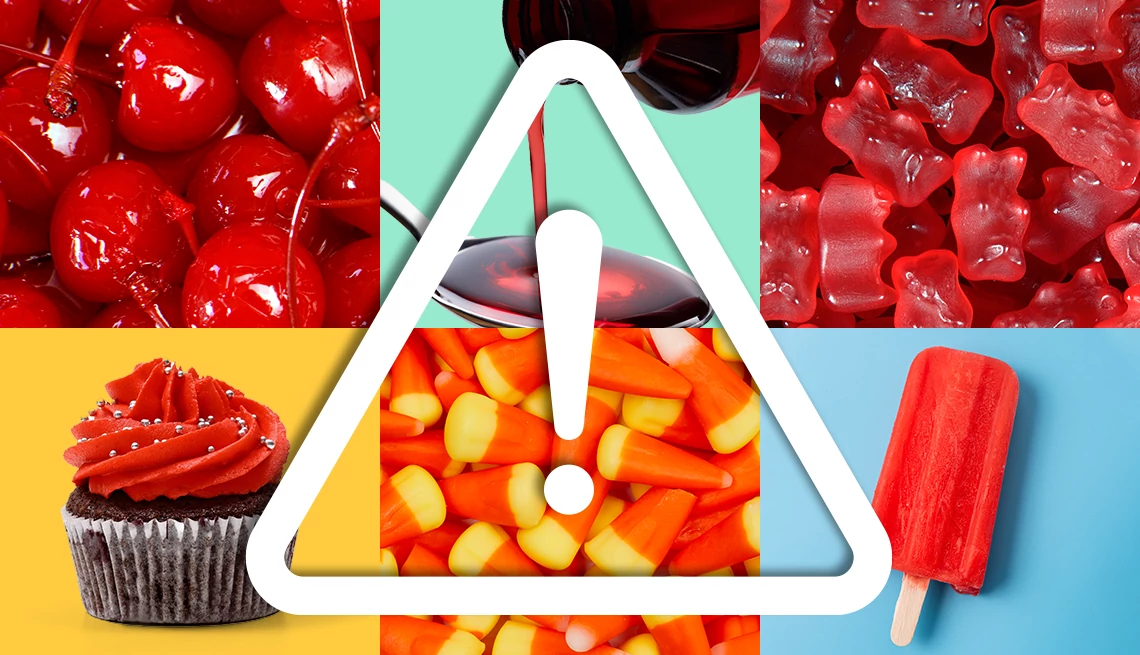AARP Hearing Center


If you have fond memories decorating Funfetti cakes, indulging in sundaes topped with Maraschino cherries and grabbing handfuls of candy corn at Halloween, your recollections may now be colored with an unsettling tint.
On January 15, the U.S. Food and Drug Administration banned Red No. 3 — a synthetic, petroleum-based dye mostly found in candy, cakes, cookies, frozen desserts and frosting — in food, drinks and ingestible medications. The move comes 35 years after the FDA banned the dye in cosmetics like lipstick, and two years after a petition led by the Center for Science in the Public Interest showed that the additive, in high doses, is linked to cancer in male rats.
While there’s no known connection between Red No. 3 and cancer in people, a particular clause in the Food, Drug and Cosmetic Act allows the FDA to deem ingredients unsafe if they’ve been shown to cause cancer in animals alone.
“This should have been taken out of our food in the early 90s,” says Jennifer Glavasich, a registered dietitian and clinical nutrition manager at Hackensack Meridian Old Bridge Medical Center in New Jersey. Upon FDA’s recent announcement, she adds, health professionals around the world “were eager to hear that they finally planned to take it out of our food, especially for our kids.”
Still, she and other health and food science professionals say it’s highly unlikely that people who’ve occasionally consumed the dye throughout their lives — the ice cream cone here, the candy heart there — are doomed to cancer.
Even the FDA says the way the dye “causes cancer in male rats does not occur in humans” due to hormonal and other differences, adding that claims that Red No. 3 “in food and in ingested drugs puts people at risk are not supported by the available scientific information.”
When it comes to cancer risk, other habits likely matter more, says Josh D. Lambert, a toxicologist and professor of food science at Penn State College of Agricultural Sciences. “If you get your checkups and screenings when you're supposed to, if you are eating fruits and vegetables, and you're getting exercise and you don't smoke and you don't drink too much, that's what you should keep doing,” he says.


































































More From AARP
5 Common Food Labels and What They Mean
Plus, what to know about the FDA’s new criteria for claiming a food is ‘healthy’
25 Great Ways to Curb Sugar Cravings
Simple tips for cutting back on the sweet stuffProcessed Foods Linked to Worsened Brain Health
Salty, sugary, preservative-laden foods could impact memory and thinking